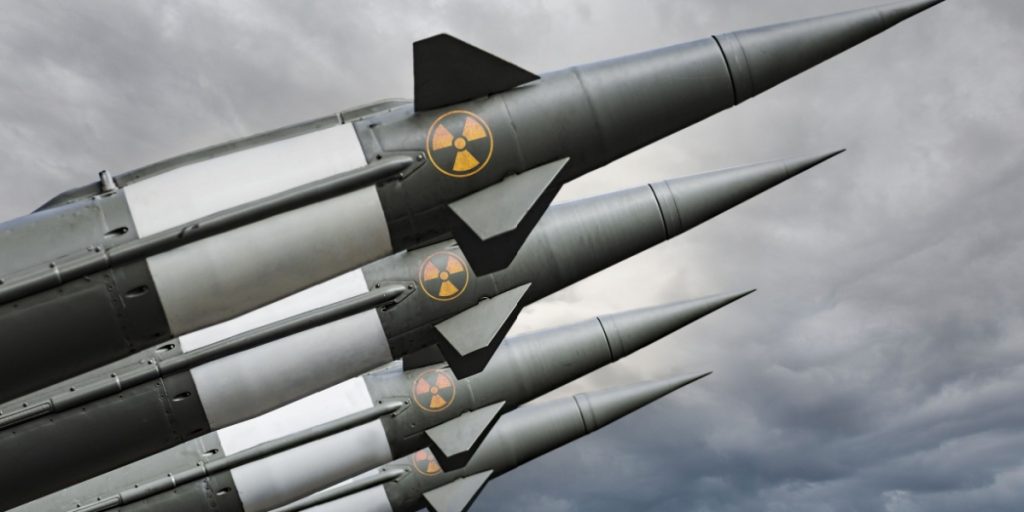A new report reveals that China is rapidly expanding its nuclear capabilities.
Others are reading now
China is expanding its nuclear weapons arsenal faster than any other nuclear-armed nation, according to the latest annual report from the Stockholm International Peace Research Institute (SIPRI), as reported by The Guardian.
The report estimates that China now possesses at least 600 nuclear warheads—an increase of about 100 in the past year alone.
This rapid growth puts China on a path to potentially field 1,500 nuclear warheads by 2035, a level comparable to the number of warheads the United States and Russia currently have at immediate operational readiness.
Official Response and Strategic Position
At a regular press briefing on Monday, Chinese Foreign Ministry spokesman Guo Jiakun declined to address the specifics of the SIPRI findings.
Also read
However, he reiterated China’s long-standing policy: “China has always adhered to the nuclear self-defense strategy and maintained its nuclear forces at the minimum level necessary for national security.”
Guo also emphasized that China has committed to a “no first use” nuclear doctrine and pledged not to threaten or use nuclear weapons against non-nuclear-weapon states.
A Shift in Global Nuclear Balance
The contrast between current trends and previous decades is stark.
While earlier Chinese leaders like Deng Xiaoping viewed a limited nuclear arsenal as sufficient for deterrence, Xi Jinping’s administration has moved aggressively to expand capabilities.
SIPRI’s researchers highlight that this growth is visible not only in the increasing number of warheads but also in the construction of missile facilities, including hundreds of intercontinental ballistic missile (ICBM) silos in northern China’s deserts and mountainous regions.
Currently, about 24 of China’s warheads are deployed and ready for use, either on missiles or at operational bases—marking a significant step in its military readiness.
Implications for Taiwan and Global Security
China’s nuclear buildup is especially alarming for Taiwan, the self-governing island that Beijing claims as its own.
Analysts argue that a more robust nuclear arsenal could serve as a deterrent against U.S. intervention, should China attempt to forcibly “reunify” with Taiwan.
Western intelligence and defense communities are also taking note.
The United States last year adopted a new nuclear strategy that explicitly factors in the rising threat posed by China’s arsenal.
End of the Disarmament Era?
One of the most striking conclusions from the SIPRI report is that the post-Cold War period of gradual nuclear disarmament appears to be over.
Hans M. Kristensen, a senior research associate at SIPRI, stated: “The era of reducing the number of nuclear weapons in the world, which has lasted since the end of the Cold War, is coming to an end.”
Despite the still-dominant nuclear stockpiles of the U.S. and Russia—each with over 5,000 warheads—the momentum has shifted.
The pace of dismantling old weapons has slowed, while the deployment and development of new systems is picking up.


